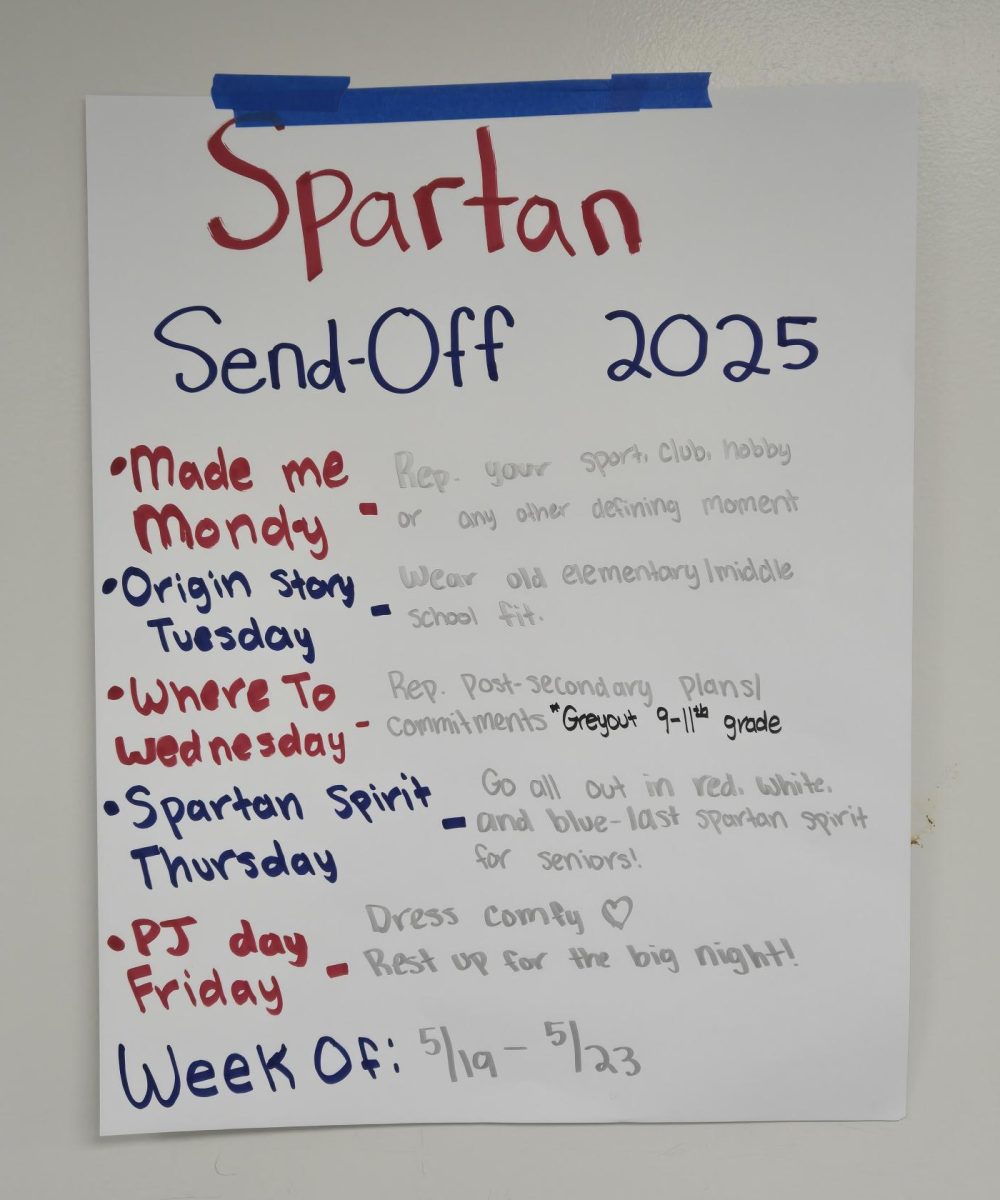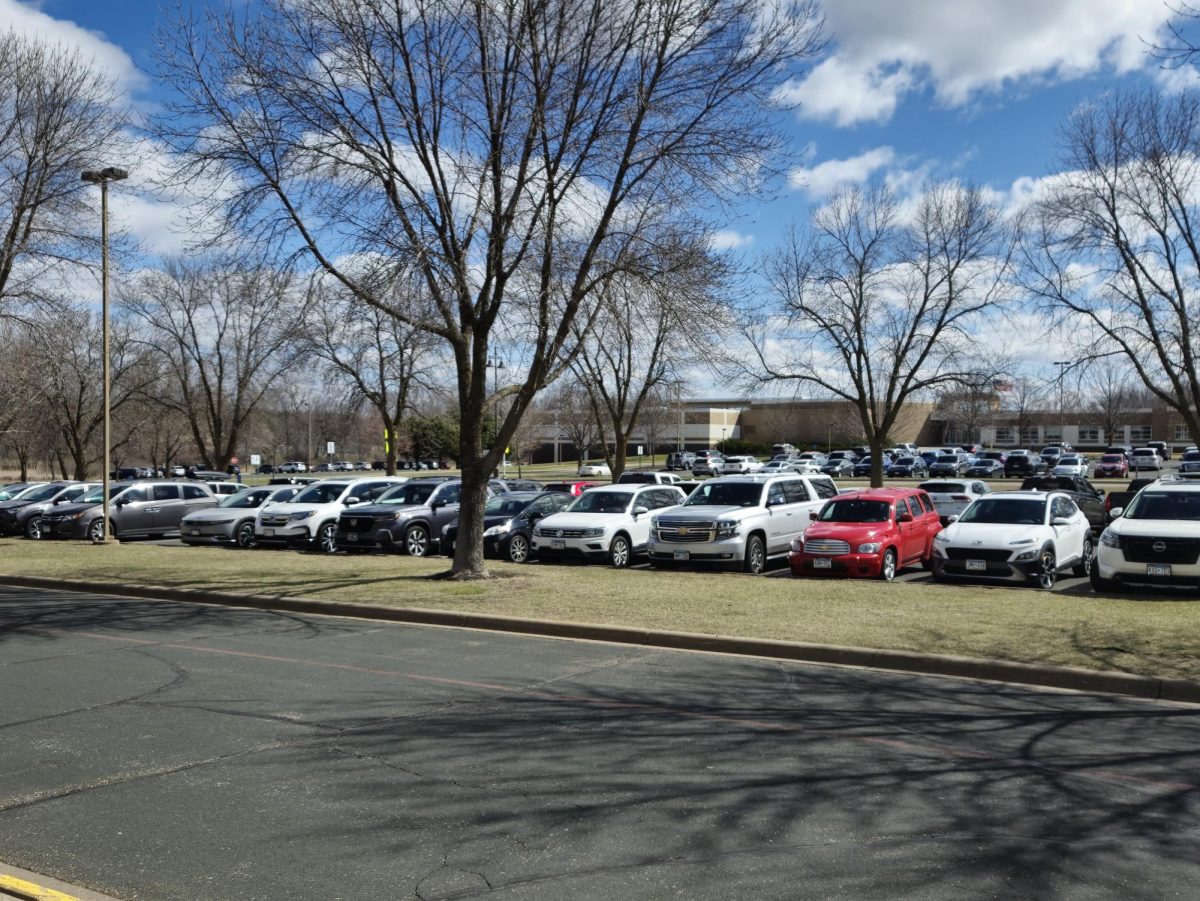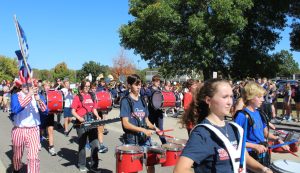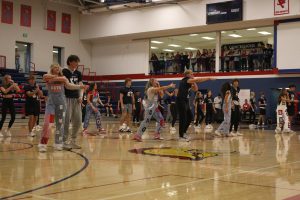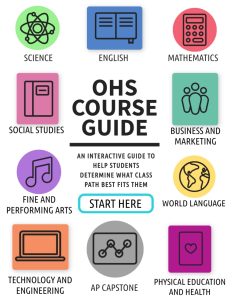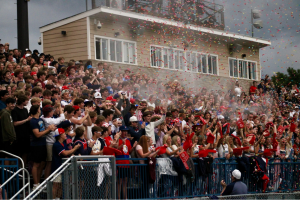Interest Grows for AP Classes
October 12, 2015
Dozens of pencils scratch paper hurriedly. Noses nearly pressed to the table, knees bouncing nervously. AP tests are stressful for almost every student, but nevertheless, millions of students across the nation participate in different courses every year. In fact, that number is increasing rapidly.
In the past decade, the number of students flooding into AP programs grew substantially, from about 1,000,000 students taking one or more AP tests in 2004, to 2.3 million in 2014. Several changes to the program may have influenced this growth in course, or at least examination participation.
This flush of students, however, seems to have affected the mean scores of the nation, which has steadily declined since the program began keeping records of national scoring in 1994. Beginning with a 3.06 in 1994, the average grade dropped to a 2.96 in 2004, which then inched down to a 2.89 in 2014.
“My scores have gone down since they’ve changed how the course is taught. Only the top percent of kids can get a five now,” said AP Biology teacher, Jeremy Buch, at Orono High school.
The percentage of students scoring fives, fours, threes, and twos has remained fairly consistent over the decade. Only the number of students scoring ones has swelled, from 15% in 2004 to 18% in 2014.
“I’ve seen that people who don’t have the necessary skill sets to be successful are struggling and don’t pass the test, and they didn’t even have a chance from the beginning,” Buch said.
Unfortunately, this seems to be a trend. Along with the rush of participants come those who are perhaps not up to the task of an AP course. Either unable or unwilling to handle the course load, they fall behind and ultimately struggle. This begs the question of participant filtering: should the criteria to partake in AP’s be narrower?
“I think it is easier to have people of similar levels and interest in those subjects, because in those classes they are more discussion based,” senior, Cammie Parrott, said.
A reason, perhaps, that an increase in non-AP ready students taking the courses may be product of both peer and academic pressure, primarily from Orono’s noticeable encouragement of the honors and AP programs at Orono.
“I think Orono is a huge advocate of the ap program, but it’s almost looked down upon if you don’t take an AP class,” Parrott said.
Whether or not peer pressure is relevant to the program increase, the Orono School District’s endorsement of it has definitely played a role. Within Orono schools specifically, there is a distinct push to partake in an AP course. In 2014, 69% of graduates had passed at least one AP test, and 637 AP tests were taken that year in Orono.
“The guidance office has really promoted AP, and I think there is a lot of encouragement from parents,” said AP World History teacher, Michelle Naylor.
Between advocation in schools, pressure from peers or parents, increasing availability, and lowered exclusivity and prerequisite for the classes, the Advanced Placement Program is undeniably growing larger than ever before. In Orono, being an academically accomplished school, it will undoubtedly continue to expand and evolve.





